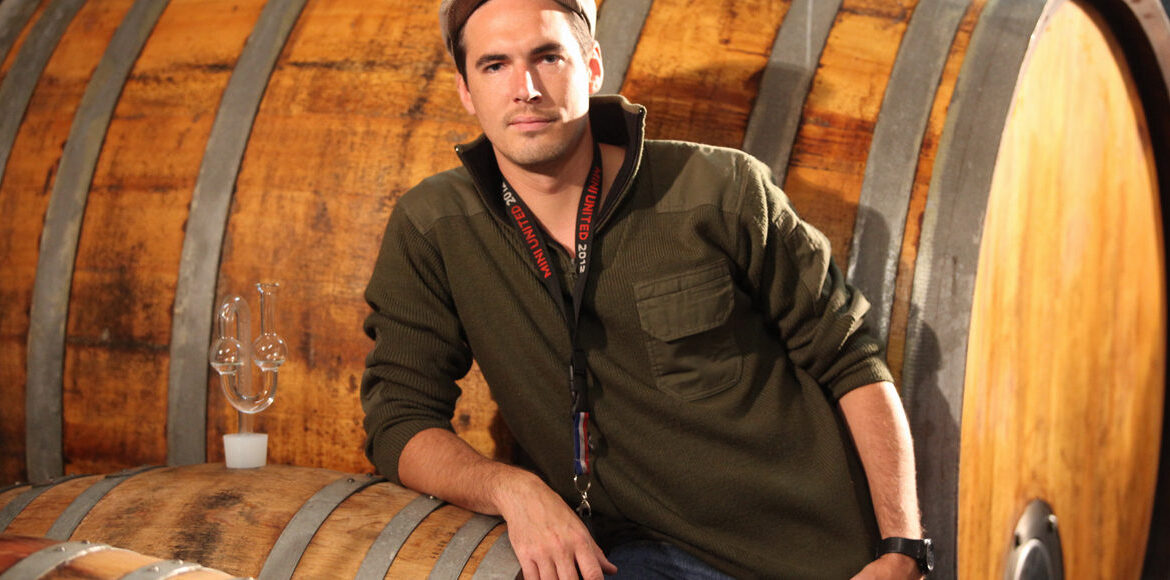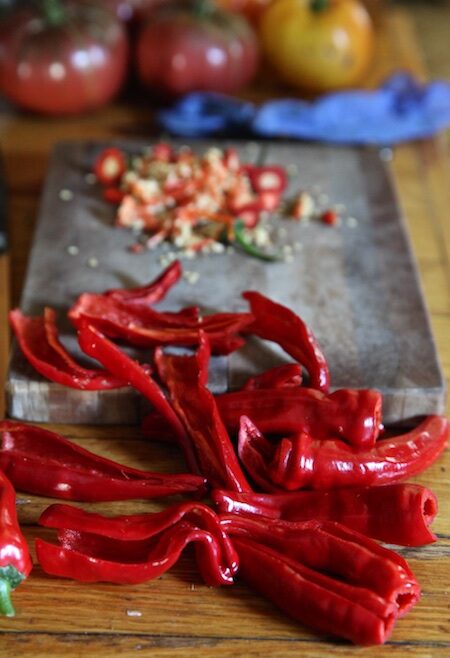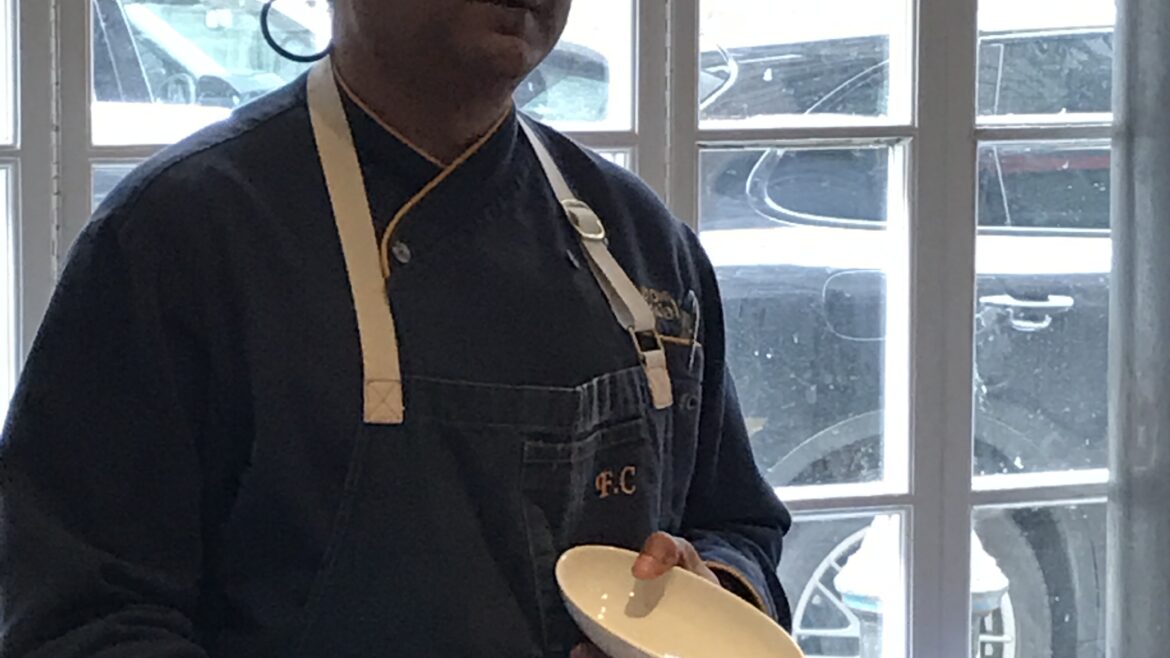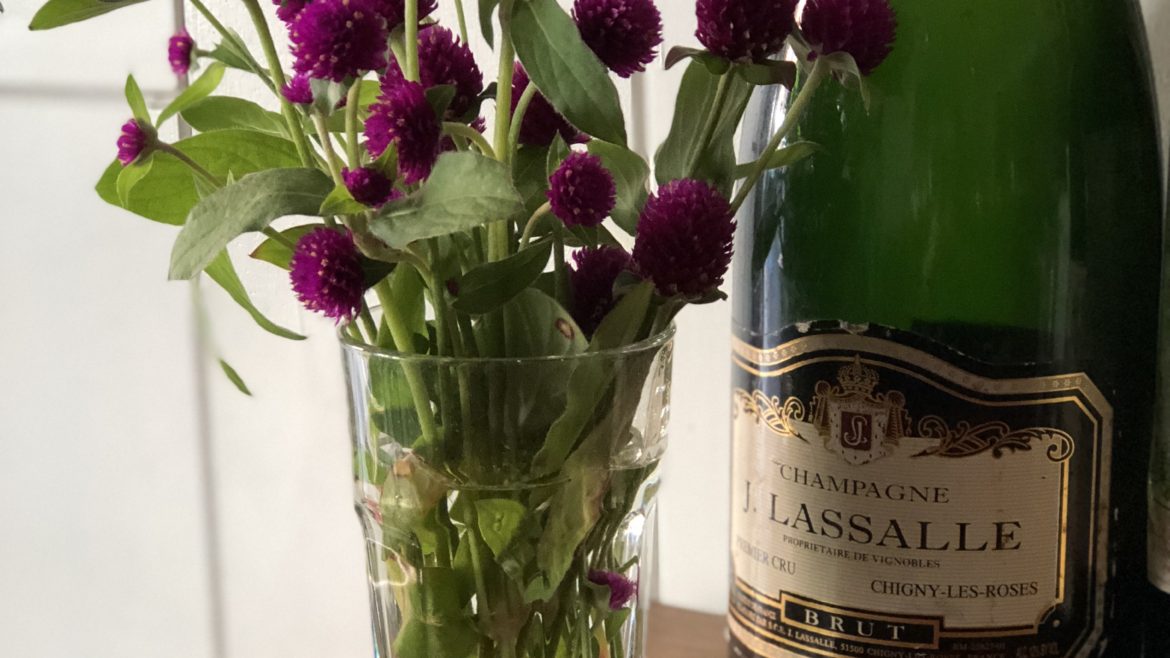It’s Really all about the Umlaut
For a very long time, for me it was all about French wine.
Even when I went to Napa, at the Auberge du Soleil, I ignored the sommelier’s recommendation of Dunn Howell Mountain and ordered Cathiard’s Nuits-Saint-Georges 1er Cru “Aux Murgers” 1992, much to his consternation and visible shock. I know what he was thinking…why would you go all the way to Napa and drink Burgundy? And he was right.
But, France was my comfort zone.
A decade or so later when I decided to plunge into the professional world of wine, I discovered Germany.
I had been hired to write a wine list focused on the cool climate region and whilst familiar with it, my experience was vastly academic. I needed to learn the language of Rieslings and you can’t do that from just reading about the wines, you have to taste them and create your own verbiage because as a winemaker once told me: “taste and smell have no real written language, you cannot learn them from a book. They are wholly personal.”
So, I began buying Rieslings…from the Rheingau, from the Mosel, from the Rheinhessen and sat down at my dining table and began teaching myself about the varietal and the varied terroir. And the more I tasted, the more I fell in love with Riesling. The day I tasted a 20 year-old bottle, I was shocked at how beautifully the wine had aged.
My sommelier friends, people in the industry all loved talking about German wines, “from the staggeringly steep terraces of the Mosel river valley to gently undulating limestone hills of the Rheinhessen, Germany is blessed with an incredible diversity of terroirs that we can explore through the prism of deliciousness known as Riesling,” said a sommelier who owns a wine bar in downtown New York City.
But my friends, wine lovers, not pros were not so keen: it appeared that umlauts scared them. For whatever reason, bottles with labels bearing those dots, floating above terms like spätlese or grapes called spätburgunder or müller-thurgau or places named Würzburg or Württemberg, were just not sexy.
Perhaps even more than umlauts, German Riesling had a reputation for sweetness, which scared them even more.
With the zeal of a convert, I decided to start trying to change a few minds. I invited the critics to dinner, setting out bottles of different styles of the wine, from different regions and asking them to taste.
And one by one they fell, enthralled by the wines of Franzen, Knebel, Haidle and Dreissigacker, new producers, who over the past 5 to 10 years have broken from the traditional low-alcohol sweeter wines of their fathers to focus on dry wines, also moving to organic and biodynamic practices. In fact, this dry style is not new. “This is the real old style, going back 80 – 100 years, before the war,” said a German winemaker friend. “Then it was dry. The style only became sweet after the war.”
Weingut Franzen Quarzit-Scheifer Riesling Trocken 2018
This wine comes from the side sections of the Bremmer Calmont and also some parcels across the Mosel near the monastery ruin, Abtei Kloster Stuben. It was fermented and aged in steel for 8 months. It’s a snappy, crunchy, dry riesling, showing black currants, grapefruit and herbs.
Weingut Knebel Röttgen Riesling Kabinett 2017
Röttgen, a Devonian slate site with loess and quartzite. It’s one of the steepest sites along the river, just downstream from the village. Here, to mitigate against climate change, Matthias has moved from pole trellising to horizontal wire trellises up the hill which allows for wind movement and for the lower rows to shade the grapes on the upper rows to prevent sun burnt grapes. Fermented with native yeasts and aged in stainless steel.
Weingut Karl Haidle Pulvermächer Riesling Grosses Gewachs 2017
Pulvermächer is easily among the most revered and oldest planted vineyards in the Württemberg region. Mortiz claims that Haidle’s Pulvermächer vines are some of the oldest riesling vines in Stetten, “at least 50-years-old;” the clonal selection is unknown, if they are even clones at all. The soil here is “Kieselsandstein,” a mixture of pebbles, sandstone with quartz binded with silicic acid. Haidle farms this Grand Cru site organically, just like all the other sites. In a similar tradition to the Erste Lage Riesling, this wine is fermented with native yeasts in large neutral Stückfass, and then aged an additional 10-12 months resulting in a monumental Grosses Gewächs, and a great dry Riesling, year after year.
Weingut Dreissigacker Kirschpiel Riesling Grosse Lage 2015
This site is a sheltered, amphitheater-shaped vineyard with vines facing east and southeast toward the Rhein. The subsoil is pure limestone overlain by clay and marl, laced with bits of limestone. The profile of Kirchspiel is linear and focused with pure stone fruit and bergamot expressions. Whereas the smoky Geyersberg is starchy and fleshy, the Kirchspiel is crunchy and salty with tremendous length.






